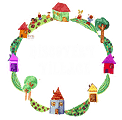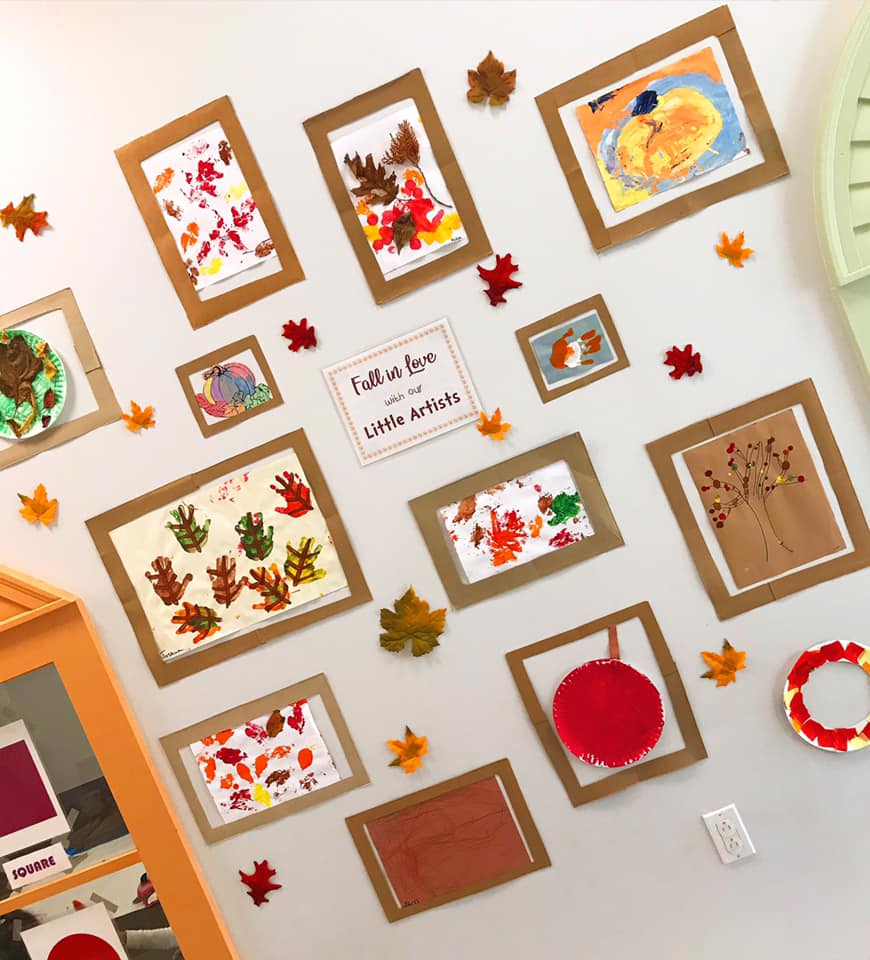Noticing, wondering, sensing, and experiencing are all characteristics of the curious and the creative. They are also at the very core of Reggio-inspired early childhood learning, a project-based educational approach in which learning stems from student interest. Among the countless topics that can ignite children’s inquisitive nature, the weather, with its seasonal, daily, even hourly changes has near limitless potential in early childhood learning. Connecting art and science, while holding the potential to lay the foundation for a life-long commitment to care for our planet, investigations stemming from weather, make for profoundly meaningful learning.
At Discovery Village, which opened this past July, we did not initially imagine how central the weather would be to life in our village. Committed to learning stemming from children’s interests, we watched, attentive to children’s conversations and self-initiated activities. With large windows in each classroom facing the outdoors, and outdoor play and nature walks twice daily, we quickly noticed our students’ conversation, wonder, and explorations into nature, the weather, and over time the changing seasons.
Summer

Creating Our Own Rain Clouds
Family trips to pools and beaches, boating and fishing, rainstorms and puddles, plentiful water play, and love for the song “Baby Shark” opened up endless conversation and curiosity this past summer about water. We watched out our windows at the summer rain showers, jumped in puddles when the rain abated, and splashed around through water play outdoors and sensory bins inside.
Investigations stemming from children’s interests included ways people explore the sea, using boats, submarines, and scuba diving gear. We engaged in learning both about creatures that live under the sea, and about ways land animals cool down in the heat. Sensory experiences with water, sand, and even one in which we made our own mud abounded, as did loads of splashing around and water play. We took nature walks collecting items related to summer and watched the sun and the clouds, as well as the shifting colors of the sky. Science experiments using water, as well as art activities with water rounded out our experiences.
Fall

Sensory Activities with Materials We Collect on Our Nature Walks
As the weather cooled and our relaxed short sleeves and sandals gave way to cozy sweaters, beauty and gratitude emerged as Fall themes. Science activities relating to the changing colors of the world around us, and art projects incorporating fall items we collected on nature walks occupied our imaginations. This led to increasing interest in art and the creation of our own museum and range of gallery exhibits. We learned about the harvest and where our vegetables come from, took many nature walks, and celebrated with harvest festivals and a special Friendsgiving feast.
Winter

Fun In The Snow
It is just the beginning of our winter explorations. We’ve already created a range of winter art, and are starting so many experiments with snow and ice.
Even more significantly, we’ve embraced our curiosity about the world in which we live. As we play, wonder, experiment, and create, we’ll also be thinking about ways of showing care for the world around us











